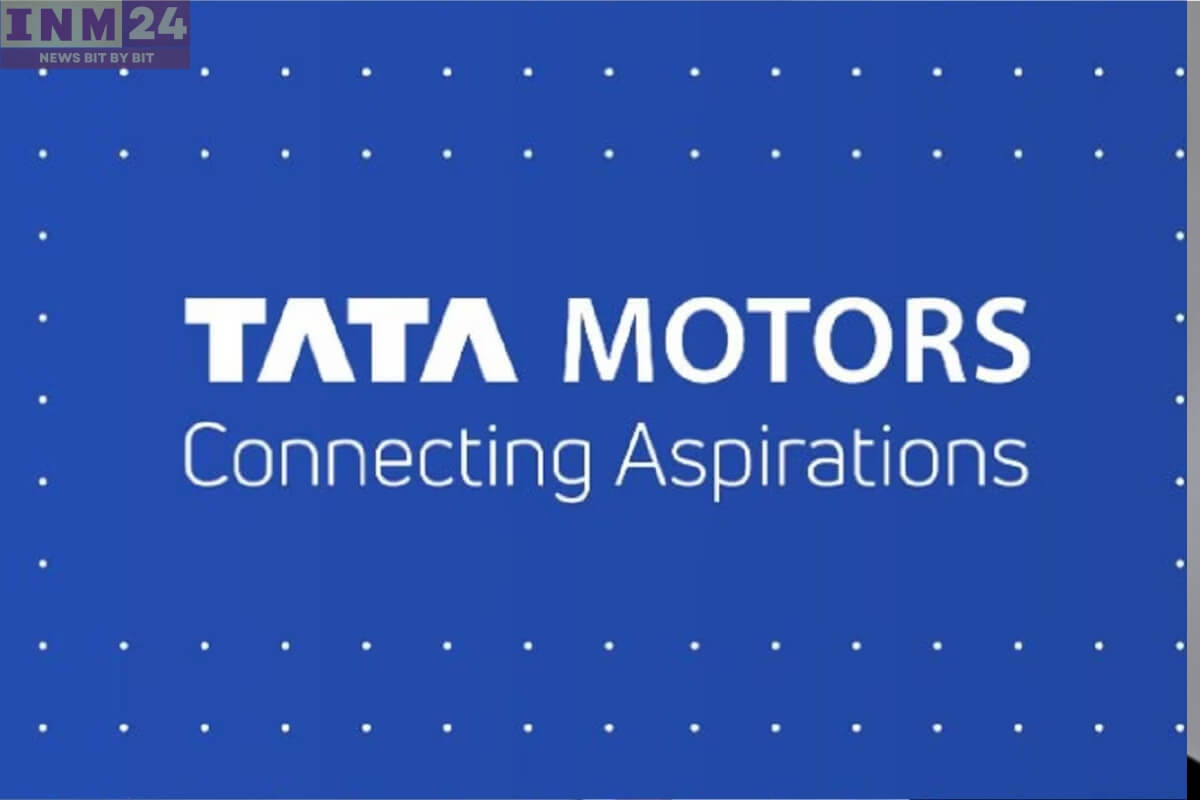Tata Motors, one of India’s leading automotive manufacturers, has announced plans to demerge its business into two separate entities in a strategic move aimed at bolstering its focus on the passenger vehicle and electric vehicle (EV) segments. This significant restructuring reflects Tata Motors’ commitment to aligning its operations with evolving market trends and customer preferences in the automotive industry.
Tata Motors’ Strategic Move: Streamlining Operations for Enhanced Focus
The decision to split Tata Motors into two distinct entities comes as the company seeks to streamline its operations and capitalize on emerging opportunities in the rapidly evolving automotive landscape. By separating its business into focused entities, Tata Motors aims to enhance agility, efficiency, and innovation in addressing the unique needs of its passenger vehicle and EV segments.
The first entity resulting from the demerger will encompass Tata Motors’ passenger vehicle business, which includes a diverse portfolio of cars, SUVs, and other vehicles catering to the needs of individual customers and families. With this strategic focus, Tata Motors aims to strengthen its position in the highly competitive passenger vehicle market by delivering innovative, high-quality vehicles that resonate with consumers.
On the other hand, the second entity will be dedicated to Tata Motors’ electric vehicle (EV) business, reflecting the company’s growing emphasis on sustainability and clean mobility solutions. As the global automotive industry transitions towards electric and environmentally friendly vehicles, Tata Motors is positioning itself as a key player in the EV segment, leveraging its expertise in technology and innovation to drive the adoption of electric mobility.
Unlocking Value Through Demerger: Tata Motors’ Strategic Outlook
The demerger of Tata Motors is expected to unlock significant value for shareholders and stakeholders by allowing each entity to pursue its strategic objectives independently and optimize its operations for growth and profitability. Additionally, the restructuring will enable Tata Motors to allocate resources more efficiently and prioritize investments in areas critical to its long-term success, such as product development, research and development, and marketing.
Commenting on the demerger, Tata Motors’ leadership emphasized the strategic rationale behind the move and expressed confidence in the company’s ability to capitalize on emerging opportunities in the passenger vehicle and EV segments. The restructuring aligns with Tata Motors’ broader vision of becoming a leader in sustainable mobility and delivering value to customers, shareholders, and society at large.
As Tata Motors embarks on this transformative journey, stakeholders are keenly watching the company’s progress and its ability to execute its strategic initiatives effectively. With a renewed focus on passenger vehicles and electric mobility, Tata Motors is poised to strengthen its position as a leading player in the global automotive industry and drive sustainable growth in the years to come.
